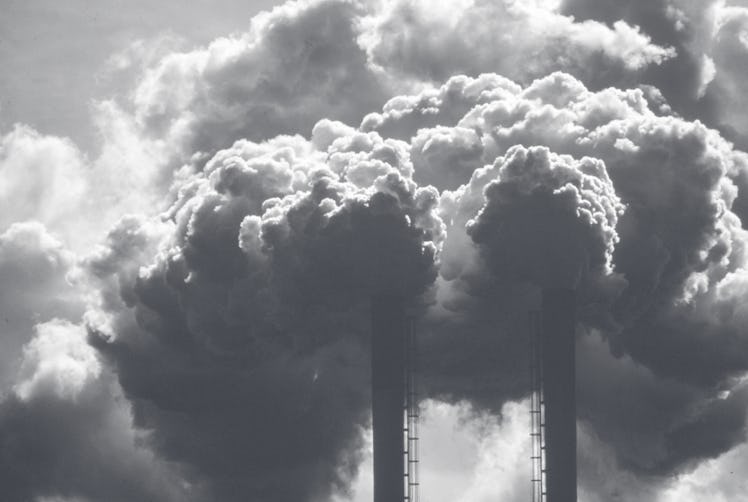This List Shows The 10 States That Have The Most (And Least) Pollution — And Why It Matters
According to new reports, not all states across the country fare the same when it comes to air quality.

Over the years, numerous studies have shown that pollution hurts kids and adults in dangerous and insidious ways. And when it comes to air pollution, even though the United States has some of the cleanest air of industrialized nations, even that pretty clean air is not clean enough — because air pollution is a major killer in the United States, associated with 100,000 to 200,000 deaths each year. Water pollution, too, can be incredibly harmful for kids’ health and development. And that harm is not felt equally, according to a new report that shows that some states have far, far more polluted air and water than others.
As part of U.S. News and World Report data from 2021 used to compile its “Best States” list, the publication also looked at air and water pollution levels and ranked states on whether they had clean or dirty water and air.
“Pollution was determined based on air and water emissions from industry and utilities,” The Hill explained in a write-up of the report. The data also investigated the “overall measures to long-term human health effects, using information from the Environmental Protection Agency.”
From there, the states were ranked in order of pollution and air quality levels from best to worst.
States with the lowest pollution levels:
- Vermont
- New Hampshire
- South Dakota
- New Mexico
- Wyoming
- California
- Rhode Island
- Maine
- Colorado
- Idaho
States with the highest pollution levels:
- Nevada
- Indiana
- Delaware
- Utah
- Ohio
- Oregon
- Tennessee
- Illinois
- Alabama
- Texas
Why should parents care about the pollution levels of their state?
A recent study from Boston College on air quality in Massachusetts — a state ranked 17th best on this US News list — found that air quality in particular is a massive issue in the country, impacting both adults and kids. However, the impact on children has long-lasting consequences. The researchers found that consistent air pollution exposure was linked to babies being born with low birth weight, more kids being diagnosed with asthma, and an average drop of two IQ points in children.
Unfortunately, the health impact kids experience due to pollution isn’t felt equally by all kids across the country. Low-income and marginalized communities are exposed to more air pollution than wealthy families.
What’s worse is that all of these negative health effects happen below the EPA’s air pollution standard.
“All of these adverse health effects occur at fine particulate matter pollution levels below the U.S. Environmental Protection Agency (EPA)’s current annual standard of 12 micrograms per cubic meter,” said lead author Philip J. Landrigan, M.D., a Boston College Professor of Biology. “So even for a state like Massachusetts, which registered below that standard, air pollution is a formidable public health threat that needs urgently to be addressed.” “Clearly, current EPA air pollution standards are not adequately protecting public health,” Landrigan said.
The amount of pollution in Massachusetts falls comfortably into the category in which children are at significant risk of long-lasting health impacts, according to the World Health Organization.
In terms of water pollutants, children “don’t need as much toxicant” to be harmed, environmental health researcher Abby Mutic told Fatherly. In the United States, well water isn’t subject to federal regulations, and about 20% of Americans get their water from wells. Water contaminants can harm the health of children by, for example, causing lead poisoning and increasing the risk of conditions such as cancer.
This article was originally published on